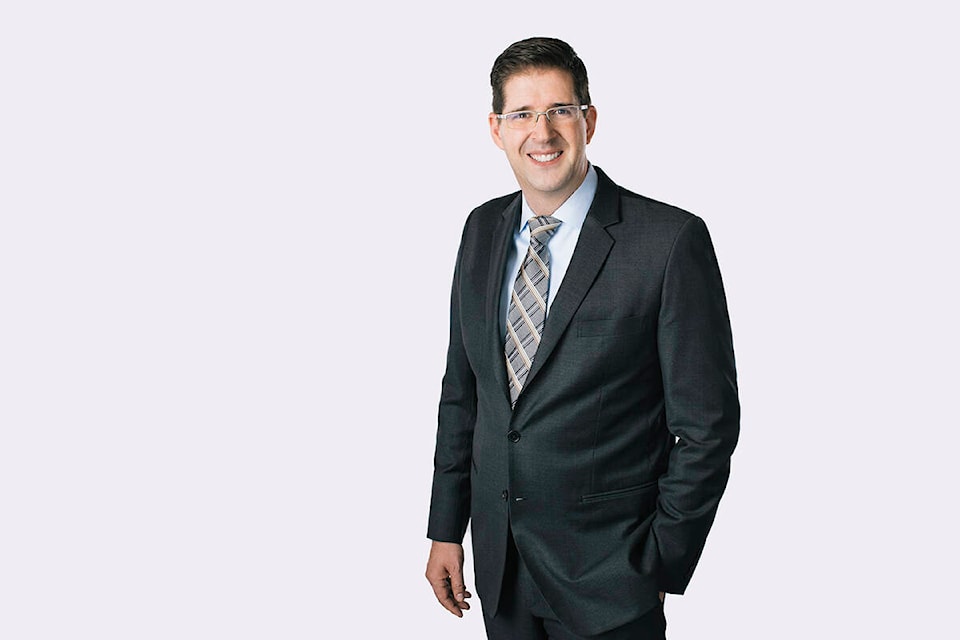While visions of sugarplums dance in the heads of many grandchildren at this time of year, grandparents may be dreaming of more lasting gifts — including the gift of education.
“RESPs are an excellent tool to help save for post-secondary education. The federal government matches 20 per cent of your contributions and your investment grows without tax until withdrawn. RESPs use the term “subscriber” to refer to the parent or grandparent who sets up and contributes to the plan. The growth is typically taxed in the hands of students who have low incomes and plenty of tuition tax credits,” says Dave Lee, a Senior Wealth Advisor with Scotia Wealth Management in White Rock.
RESPs, by the numbers:
- $50,000: The total lifetime contribution limit per child.
- $500: The maximum Canada Education Savings Grant (CESG) available in each calendar year. The maximum lifetime Canada Education Savings Grant is $7,200 per child. Additional amounts are available for low income families.
- $2,500: The optimal annual contribution for each calendar year. Contribute less, and you’ll miss out on some of the available government grant. Contribute more, and you won’t see any extra benefit, unless the child has years in which no contribution has been made.
- $1,200: The additional, flat-rate Training and Education Savings Grant from the BC government. “It’s available to children between the ages of six and nine, but if you don’t apply for it within that age range, it’s gone. There’s no matching contribution required,” Dave says.
How to make the most of your RESP
For most families, the optimal RESP savings plan is to contribute $2,500 each year.
“If you aren’t able to start saving from the year your child or grandchild is born, the government allows you to ‘catch up’ and make double contributions, receiving double the grant money. So, if you start an RESP for a six-year-old, you can contribute $5,000 (and receive $1,000 in grant money) every year for six years to ‘catch up’ on the missed contributions,” Dave says.
Grandparents may want to contribute a lump sum, but it’s often best to spread that contribution over multiple years to maximize the government grant.
“Assuming the parents and grandparents have a good relationship, it’s often easiest for grandparents to gift a lump sum to their adult children — a gift that’s transferred tax free. Then the parent can save or invest that money and make annual contributions to the RESP,” Dave says.
“There are two reasons to do it this way. One, parents are more likely to be alive to help manage the withdrawal. Two, in the event you don’t use all of the RESP for education, extra funds can be transferred to an RRSP tax-free, but grandparents have often converted their RRSPs to RRIFs by the time this is discovered”.
You can set up more than one RESP for the same child (the CRA will cross-reference accounts to watch for excess contributions) but one account per child is easier to coordinate.
Ready to get started? There’s still time to contribute for 2022, and in January you’ll be able to make another contribution.
Enjoying these articles? Visit www.dave-lee.ca/publications to read more. Have a question? Contact Dave at 604.535.4743 or dave.lee@scotiawealth.com.
ScotiaMcLeod, a division of Scotia Capital Inc.
READ MORE:
